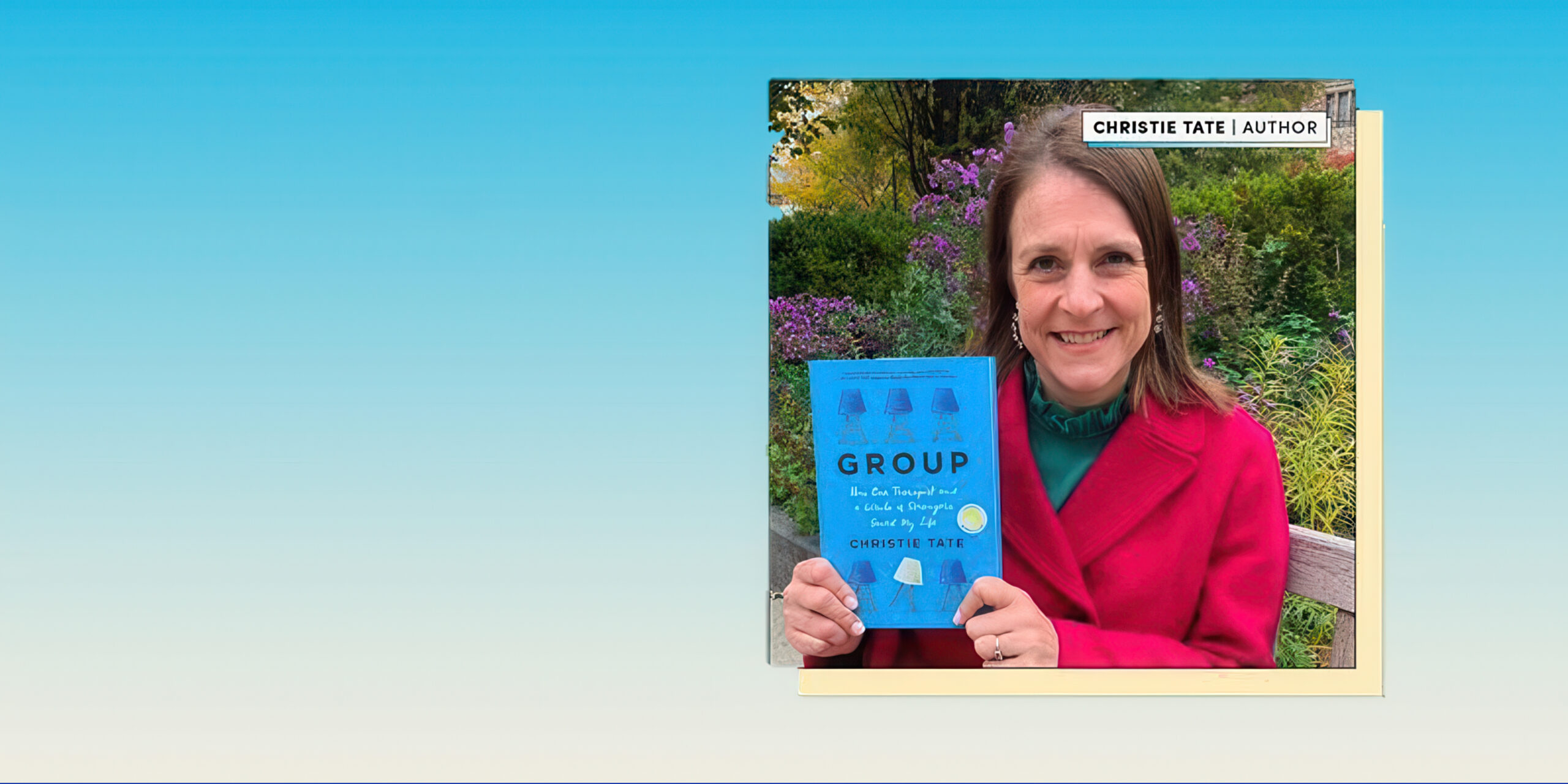The summer after I graduated college, a friend and I traveled to Europe to try to make it to as many cities as we could, as cheaply as possible. By the time we made it to Edinburgh, we were so exhausted from the preceding weeks of night buses and thin hostel mattresses that we mutually decided, while strolling through Greyfriars Kirkyard that we would sit down in the grass, between the crumbling, moss-covered headstones and rusting iron cages that were put in place centuries ago to protect dead bodies from those who would steal them.
It was midafternoon. The sun was warm, and the grass was warm, and even with the steady stream of tourists, the Kirkyard was quiet. I don’t know how long we were asleep, but when I awoke there was a blonde child blinking over me, his face pale with terror. “Mummy!” he shouted as he wobbled away from us. “They’re moving!”
In a graveyard, exhausted American tourists might as well be corpses risen from the dead.
It was three years after that trip that I began to write story that eventually became ANATOMY: A LOVE STORY, three years in which I kept visions of Edinburgh playing in my mind, that city of sun-dappled gray stone and grassy hills, of castles and narrow passageways, of shops teetering on top of one another. If I was going to do that city justice in a story, it couldn’t be just any story—it needed to be a story that was equal parts macabre and beautiful, romantic and sinister. It needed to be a little gruesome. And it needed to be a love story.
“It needed to be a story that was equal parts macabre and beautiful, romantic and sinister. It needed to be a little gruesome. And it needed to be a love story.”
I was inspired by books like Frankenstein, Fingersmith, and Leigh Bardo’s Ninth House, and by the true bloody history of Edinburgh—particularly the 1828 murders committed by Burke and Hare who sold the corpses to a local doctor for dissection. (Anatomy takes place just over a decade earlier, in 1817, when the corpse-digging-and-selling trade was still vigorous. 1817 also happens to be the year Mary Shelley completed Frankenstein.)
Though I usually write to either silence, or classical music without words, for Anatomy I found myself building a playlist of the emo and pop-punk adjacent music I had blasted on my iPod mini when I was in high school, the type of music I played on my headphones while I stared out a bus window and pretended to be in a music video. Panic! at the Disco and My Chemical Romance and Frightened Rabbit became the soundtrack of my Regency-era love story. The songs were threads back to a time when I felt so strongly, when everything was being experienced for the first time and I was raw as an exposed nerve. I wanted to write YA so that I could capture that sensation, of everything being life and death. And what better way to do that than to write a novel all about life and death?
In another life, I was a pre-med student who spent her summers interning in air-conditioned laboratories with linoleum floors. Now, when I’m not writing fiction or for television, I write a podcast about the bloodier stories about royals throughout history. In many ways, Anatomy is my most personal book, in which I’ve taken every one of my secret passions and tied them together into the exact story I would have wanted to read when I was a teenager. It’s my still-heart laid bare and wrapped in paper and ink. Watch the blood; it might stain.
All my love,
Dana



